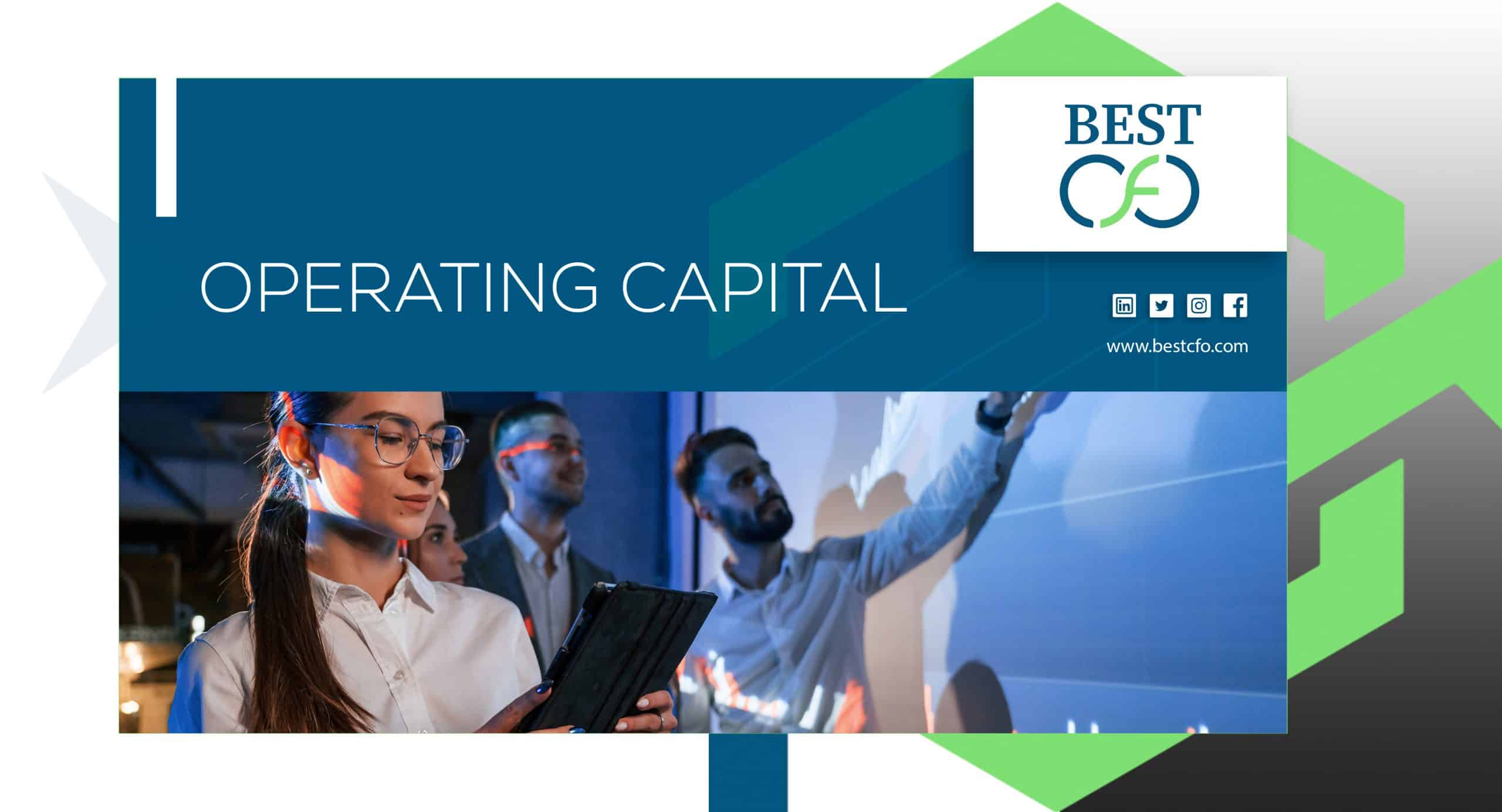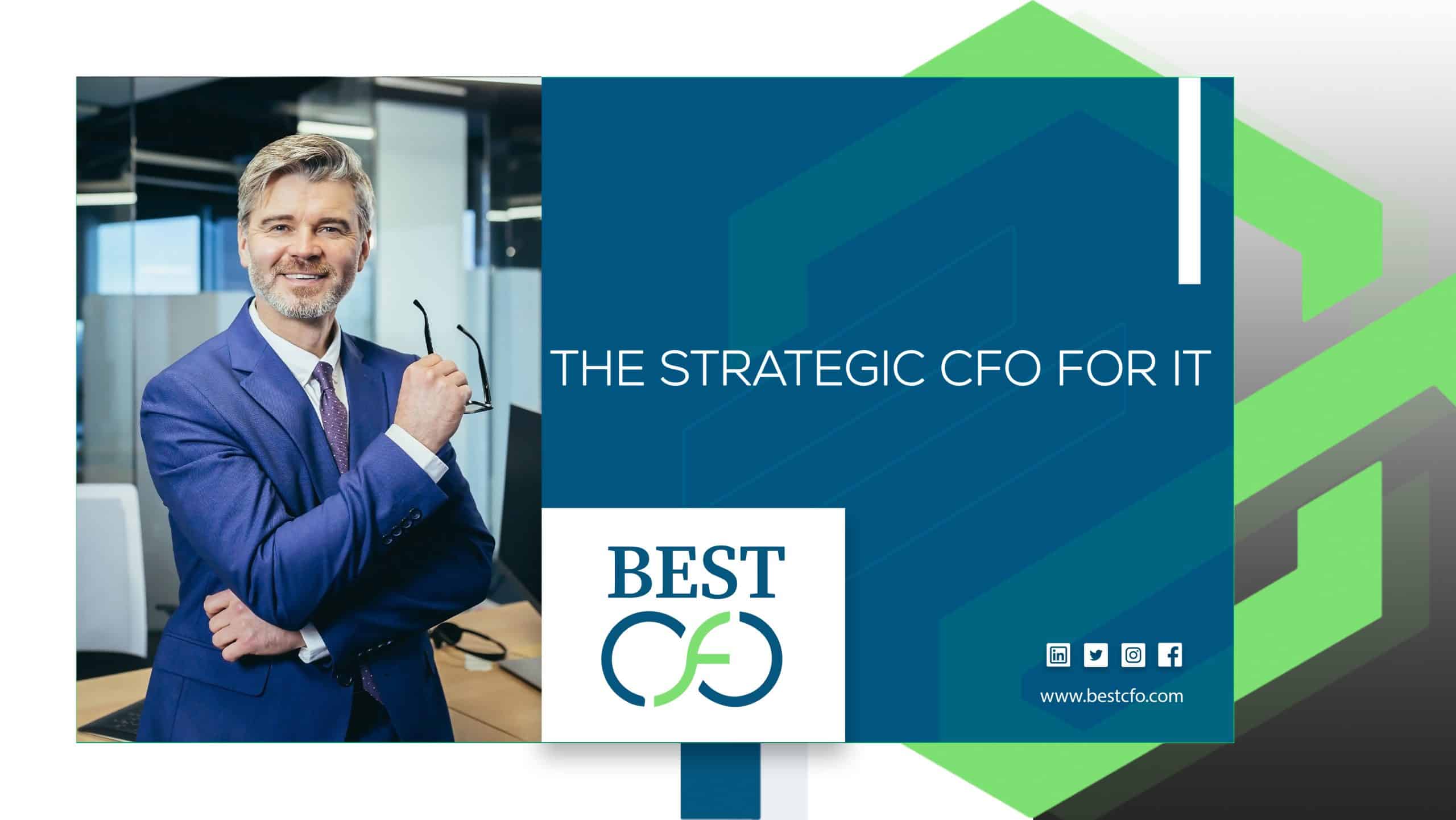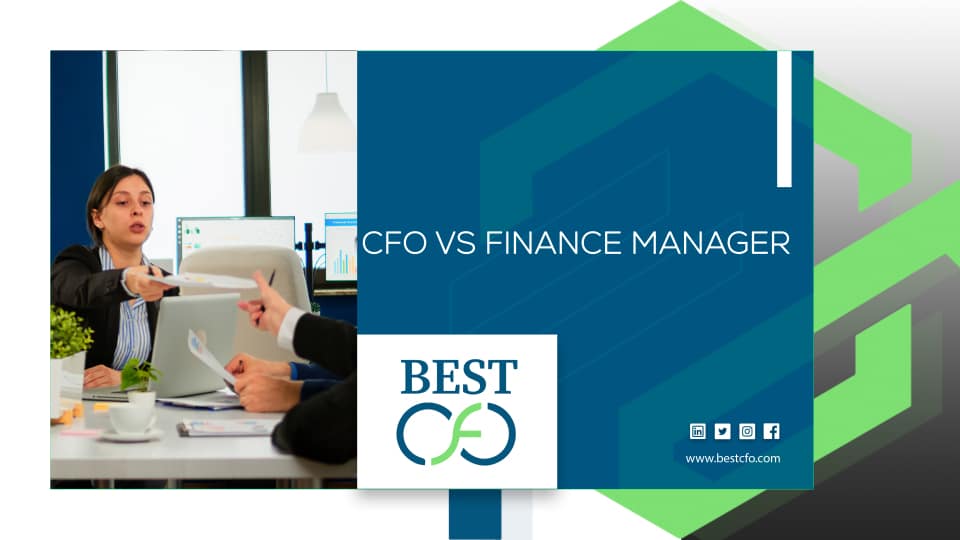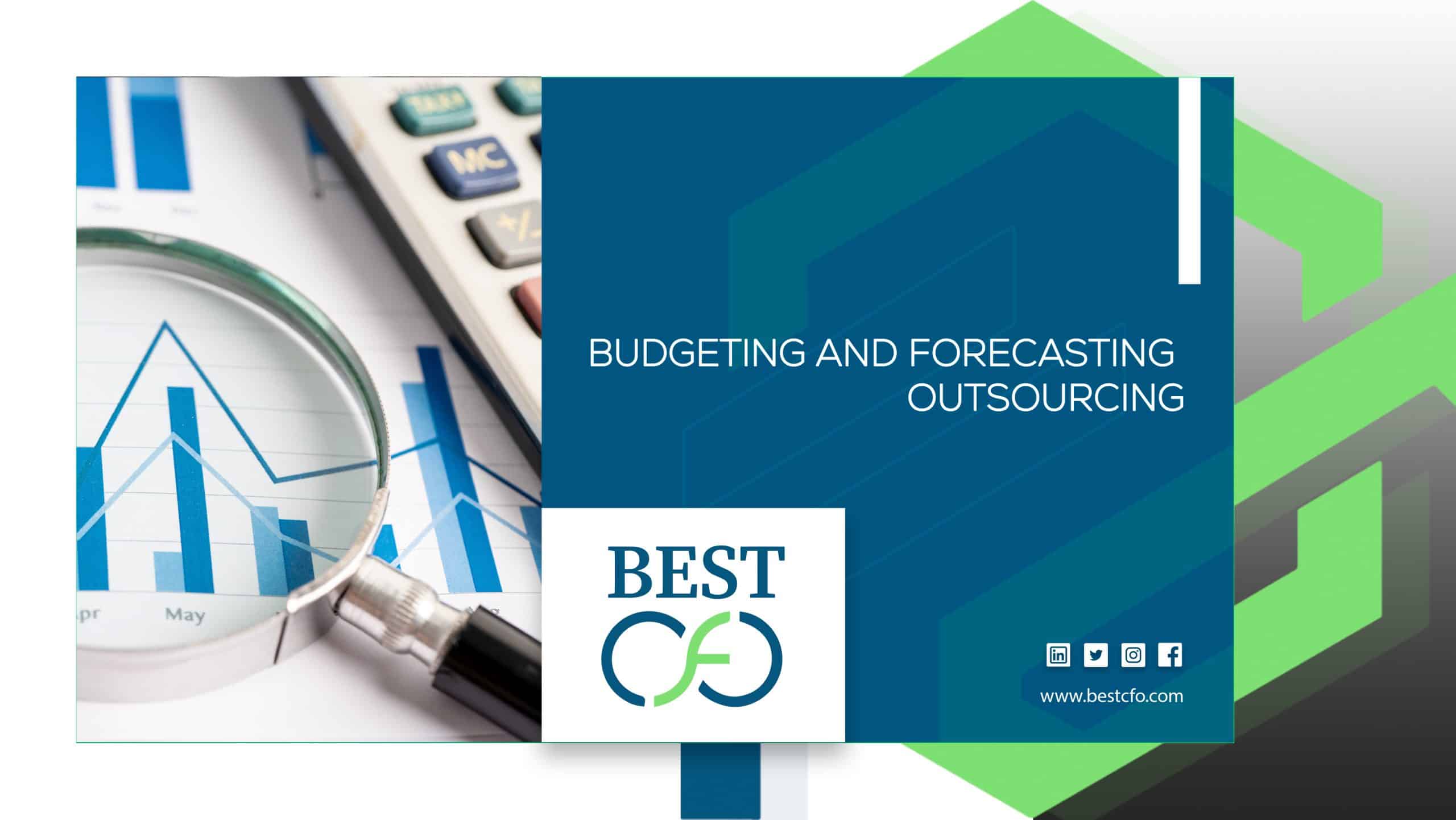
| Getting your Trinity Audio player ready... |
What Decisions Must Businesses Make About Product Pricing?
Pricing is one of the most important parts of running a successful business. Setting the right product pricing can help a company earn more money, stand out from competitors, and attract the right customers. On the other hand, poor pricing choices can hurt sales, reduce profits, and damage a brand’s image.
In this blog, we’ll explore the key decisions companies must make about pricing. We’ll look at how pricing affects a business’s bottom line, how it connects with marketing and branding, and what pricing strategies are best for different situations. Whether you’re starting a small e-commerce store or managing a large company’s product pricing strategy, this guide will walk you through what matters most.
Understanding Pricing Objectives
Before setting prices, businesses must decide what they want to achieve. These goals, called pricing objectives, shape the direction of all other pricing choices.
1. Profit Maximization
One main goal is to boost profit margins as much as possible. This means setting prices high enough to make more money on each sale while still keeping customers interested.
2. Market Penetration
Sometimes companies set lower prices to enter the market quickly and gain new customers. This market penetration strategy helps attract buyers fast but may reduce short-term profits.
3. Competitive Positioning
In markets with lots of competition, businesses may price their products to match or beat competitors. This approach is part of a larger marketing strategy to gain a better spot in the market.
4. Revenue Growth vs. Profitability
Some businesses focus on growing total revenue even if it means lower profit per sale. Others aim for higher profits even with fewer sales. The choice depends on the company’s short- and long-term goals.
5. Brand Positioning
Premium pricing can create the idea that a product is high-quality, while budget pricing makes products look affordable. The price a business sets sends a message about the brand’s value.
Cost-Based Pricing Decisions
To set prices that cover costs and earn a profit, businesses must understand the money they spend on making and selling their products.
Fixed vs. Variable Costs
Fixed costs stay the same no matter how much is sold (like rent or salaries). Variable costs change with production levels (like materials or packaging). Knowing both is key to choosing the right price.
Break-Even Analysis
This tells a business how many units it needs to sell to cover its costs. It helps decide whether a price is too low or just right. This is a vital tool in financial economics and business management.
Markup Pricing
This method adds a standard percentage (called a markup) to the cost of goods. It’s simple and common in retail and service industries.
Target Return Pricing
Here, the goal is to reach a specific return on investment (ROI). Businesses choose a price that helps hit a target profit based on their total investment.
Absorption vs. Marginal Cost Pricing
Absorption pricing includes all costs (fixed and variable), while marginal pricing only counts extra costs to make more products. Each method suits different business processes.
Market-Based Pricing Strategies
Market-focused pricing decisions look at what’s happening outside the company — with customers, competitors, and the overall economy.
Competitor-Based Pricing
Companies may match, beat, or charge more than rivals. Some go for price skimming by charging high at first and lowering prices later. Others use discounting to undercut competitors.
Value-Based Pricing
Prices can reflect what customers think a product is worth, not just what it costs to make. This value-based pricing relies on good market research and understanding consumer behaviour.
Psychological pricing is also used here—like pricing something at $9.99 instead of $10 to make it seem cheaper.
Dynamic Pricing
Dynamic pricing adjusts prices in real-time based on demand. Airlines, streaming media companies, and ride-sharing services like Uber use this. It relies on analytics, machine learning, and customer data.
Geographical Pricing
Prices can vary based on location due to taxes, shipping costs, or local purchasing power. This is common in distribution (marketing).

Customer-Centric Pricing Considerations
Understanding customer needs and behaviors helps businesses build better pricing models.
Price Sensitivity & Elasticity
Price elasticity of demand shows how sales change when prices change. Some products are price-sensitive (like fast food), while others are not (like luxury items).
Segmented Pricing
Businesses often charge different prices for different groups. Think of student or senior discounts. This makes pricing more flexible and customer-focused.
Subscription vs. One-Time Pricing
Some companies use subscription business models (like Netflix), while others sell products one time. Subscriptions bring recurring revenue, but need strong customer engagement.
Freemium & Tiered Pricing
Software as a service (SaaS) companies often use freemium models—offering free basic plans with paid upgrades. Tiered pricing helps serve more target audiences with different needs.
Psychological & Behavioral Pricing Tactics
These tactics influence how people feel about prices and help shape their buying decisions.
- Charm Pricing: Using prices like $4.99 instead of $5.
- Anchor Pricing: Showing a higher original price to make the current price look like a good deal.
- Bundle Pricing: Grouping products together at a lower combined price.
- Decoy Pricing: Adding a third product option to push customers toward the one a business wants to sell most.
These methods are based on social psychology, preference, and buyer perception.
Legal & Ethical Pricing Considerations
There are rules businesses must follow when setting prices to stay fair and legal.
- Price Discrimination: Charging different prices for the same product must follow laws like the Robinson–Patman Act.
- Predatory Pricing: It’s illegal to lower prices just to drive rivals out of business.
- Price Fixing: When companies agree to keep prices high, it can lead to heavy fines.
- Transparency: Clear prices help build trust and avoid issues with hidden fees or tricky fine print.
Technology & Data-Driven Pricing
Smart use of tech helps companies make better pricing decisions using real-time information and automation.
- AI & Machine Learning: Predict what customers will pay and adjust prices.
- Automated Repricing Tools: Used in Amazon (company) and other online shops to change prices quickly.
- A/B Testing: Show two price versions to see which performs better.
- Customer Data & Personalization: Tools like enterprise resource planning (ERP) and business intelligence help tailor prices to match buyer behavior.
Evaluating & Adjusting Pricing Strategies
Pricing is never one-and-done. Companies must keep track and update as markets shift.
- Sales & Profit Monitoring: Watch if pricing helps meet net income and gross margin targets.
- Customer Feedback: Listening to buyers helps spot pricing issues early.
- Competitor Price Tracking: Tools and market trend data help stay on top of the game.
- Revising Pricing: If profits drop or demand falls, it might be time for a change.
Conclusion
Product pricing is not just about picking a number. It’s about smart decision-making, understanding your target market, and adjusting to stay competitive. From cost analysis to customer behavior, each pricing choice affects a company’s success.
For companies aiming to grow in today’s fast-moving economy, working with experienced financial partners can make a big difference. That’s where Best CFO comes in—helping businesses create smart pricing strategies that lead to better profits and stronger brands.
FAQs
1: Why is product pricing important?
It impacts sales, profits, brand image, and how customers see the product.
2: What is value-based pricing?
It’s a strategy where price is based on how much the customer believes the product is worth.
3: What is dynamic pricing?
A method where prices change in real-time depending on demand, supply, and customer data.
4: How do businesses know when to change pricing?
By watching sales trends, customer feedback, and competition, and using tools like A/B testing and data analysis.
5: What makes a pricing strategy successful?
When it aligns with company goals, covers costs, attracts customers, and responds well to changes in the market.
Related Posts
Organic vs Inorganic Marketing: Pros, Cons, and Best Use Cases
Organic vs Inorganic Marketing: Pros, Cons, and Best Use Cases When it comes to growing…
What Is Operating Capital and Why Is It Important?
What Is Operating Capital and Why Is It Important? Are you ready to dive into…
How to Scale a SaaS Business Without Losing Your Customers?
What Are the 5 Sources of Funding? So, you’ve got the dream. The vision. The…
What Are the 5 Sources of Funding?
What Are the 5 Sources of Funding? So, you’ve got the dream. The vision. The…
 Demos
Demos  Colors
Colors  Docs
Docs  Support
Support 














